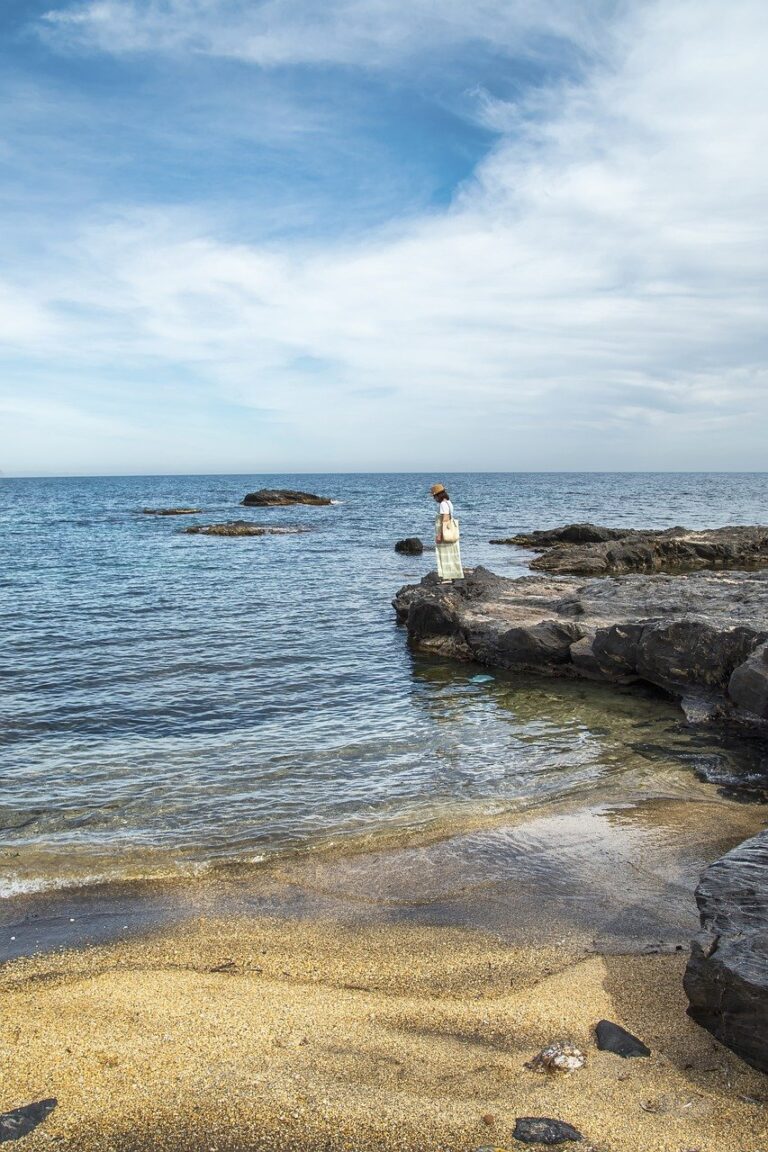Plastic bags are made from a common polymer compound referred to as polyethylene. This starts as ethylene, frequently drawn out from natural gases, then treated to become the polymer, forming long chains of carbon and hydrogen atoms. These chains can differ depending on what kind of polyethylene is being utilized, but they all help develop numerous types of plastic bags.
Plastic bags are quicker to open, pack, and double up than paper bags. While plastic bag supplier might seem small, for busy cashiers, this can help keep lines moving efficiently. Plastic bags also need less space than paper bags, both in storage and at cashier stations, and weigh about one-tenth as much. Reusable bags take up the most area, and while their weight varies, they are all considerably heavier than plastic or paper bags.
A polymer is a basic term for any particle that is a long string of smaller sized duplicating parts formed by carbon-carbon bonds. The bonds can form long straight chains called direct polymers, or parts can branch off from the chain, forming branched polymers. The polymers can also be cross-linked. The most basic and most environmentally mindful decision is to use them for the purpose that they were planned– to carry groceries. Simply put them back in your automobile and take them to the store and reuse them to bring home the next batch. Now this is saying that the shop utilizes a decent quality of plastic bag. That seems to be slipping lately, thus numerous other things, however as long as the quality is respectable, they can be utilized a few times before discarding them.
While shopping bag plastic is recyclable, it can not be remade into an organic state, and once developed must stay as an artificial compound for the rest of its life. Instead of being recycled as brand-new plastic bags, numerous bags are used to create other synthetic materials such as composite lumber. In general, plastic bags are the favored ecological choice, not because of their recyclable qualities but because of their production process, which uses around 70 percent less energy and releases 50 percent less greenhouse gas particles than alternatives like paper bags.
Plastic bags are offered in bulk purchases at a fraction of a cent per piece. In contrast, paper bags typically cost 5 cents or more per piece. Multiple-use fabric bags, which are acquiring in appeal as ecological sustainability ends up being a more extensive concern, can cost as much as a couple of dollars each. In big volume, plastic bags have obvious overhead expense benefits for shops and their profit margins.
The source compounds of polyethylene differ, but are often some form of fossil fuel. Both petroleum and gas are common sources and essential ingredients in almost all plastic bags readily available today. Effectively improved, they yield ethylene, which is in turn made into polyethylene. This procedure is utilized primarily with gas, which yields a very flexible polyethylene compound that can be formed into nearly any shape and manufactured in any color.
LDPE is used to make numerous thin, versatile items like plastic bags for dry-cleaning, papers, bread, frozen foods, fresh produce and trash. The majority of shrink-wrap and stretch film is likewise constructed of LDPE, as well as coatings for paper milk cartons and disposable beverage cups. Makers also use LDPE to create thin container lids, squeezable bottles and some toys.
Plastics are developed from a group of synthetic molecules referred to as polymers. Polymers are large, easy to produce and made up of a duplicating molecular pattern created by units called monomers. In plastic bags, these duplicating structures are made from ethylene. Ethylene is chemically changed into polyethylene, the foundation of all plastic bags. Polyethylene is comprised of lots of winding chains of carbon atoms, interlaced with and bonded to hydrogen atoms. Due to the fact that plastic is formed in this patterned structure, it is simple to control into a range of shapes and densities.
Subscribe to Updates
Get the latest creative news from FooBar about art, design and business.
